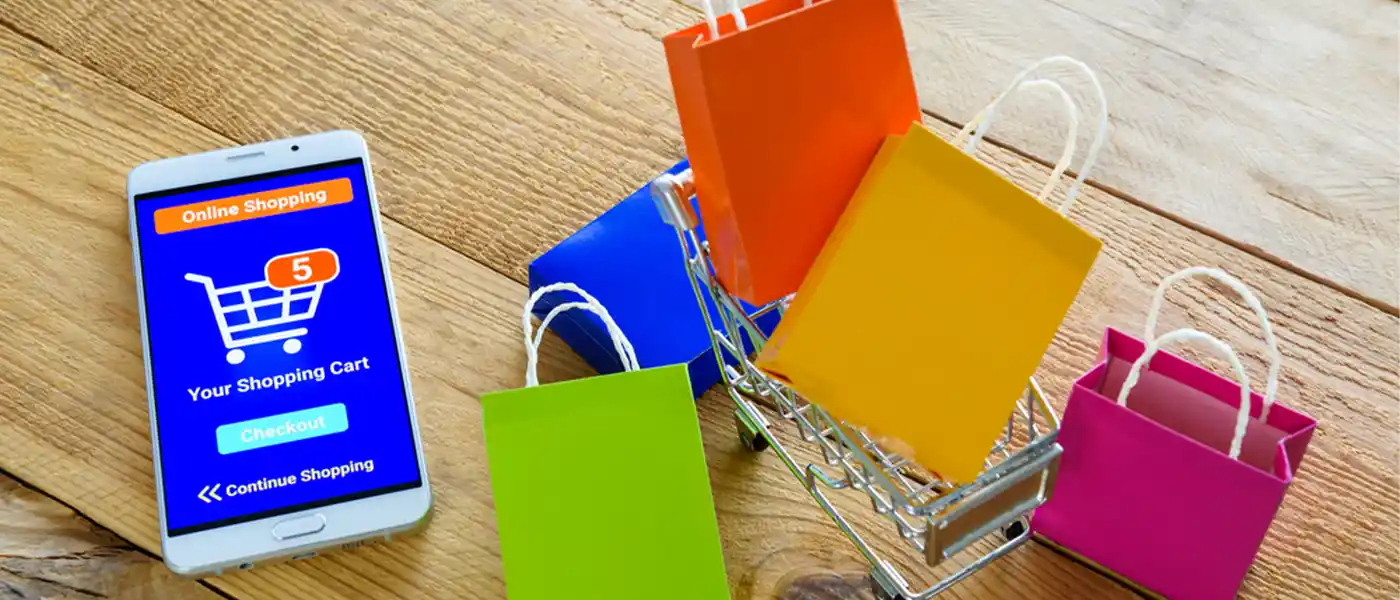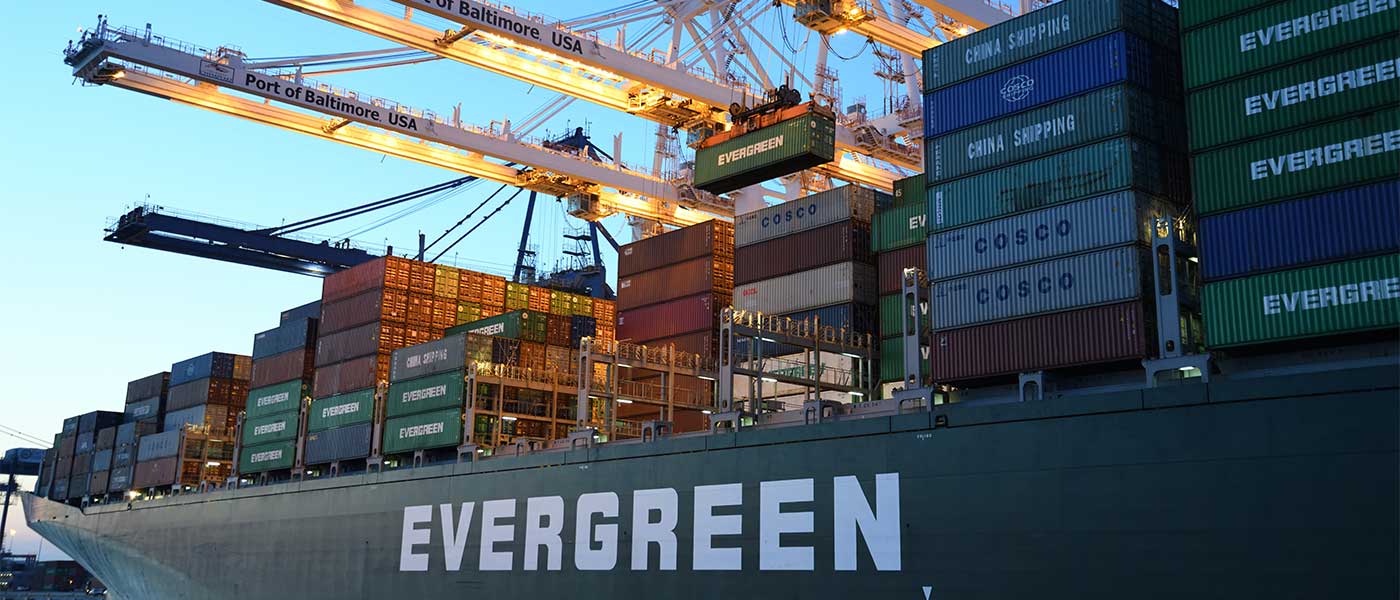Despite its humble beginnings in the mid-1990s, eBay has become a leading e-commerce marketplace, commanding a substantial share of the Australian market. Sellers from every corner of the country prefer eBay over other platforms for a multitude of reasons, drawn by its widespread reach and user-friendly interface. As a seller, understanding the financial aspects of operating on eBay is crucial, and that’s where selling fees come into the picture.
What are eBay Selling Fees?
Selling fees on eBay are charges that the platform levies on sellers when they use the platform to list products and sell. These fees encompass different types, each influencing your overall profitability. Selling fees help the platform cover its operating costs and provide an engaging platform both for buyers and sellers. So, if you’re an eBay Store subscriber, these fees can significantly impact your bottom line.
Through this article, we will define the intricacies of eBay selling fees in Australia, providing a comprehensive guide for sellers, whether you’re a novice or an experienced seller. So, let’s dive in!
Stand Out in The E-Commerce Marketplace
In 2020, E-Commerce sales rose 44% and are expected to continue to grow this year. The Covid-19 pandemic has shown shoppers that…
Types of fees
eBay charges its sellers roughly seven different types of selling fees based on the platform usage and benefits. Let’s break down each fee type:
- Standard Selling Fees: This fee is applicable to all sellers using the platform. The fee structure factors in the basic services used and the final sale price of the product. The standard selling fee further includes:
- Insertion Fees: These are the fees you pay when you list an item on eBay. Sellers get a certain number of free listings per month. Once the free listing fee is exhausted, the platform charges an insertion fee for subsequent listings. The insertion fees depend on the starting price and category of your item.
- Final Value Fees: This fee is a percentage of the total amount you receive from the buyer, including the item price and shipping. It’s a crucial component of your selling costs.
- eBay Store Subscription Fees: eBay offers different subscription levels, such as Basic, Featured, Anchor, and Enterprise, each with its own set of fees. These subscriptions provide various levels of access to eBay benefits like in-app marketing tools, analytics, discounts on final value fees, and more.
- Optional Listing Upgrades: These are additional features you can add to your listing at an extra cost to make it stand out and attract more buyers. The upgrades for listings include the ability to schedule a listing, add subtitles, bold listings, or add the buy it now to an auction listing and more.
- Promoted Listings: If you choose to promote your listings to increase visibility for your items, eBay will collect a percentage of your sale price. This is valid only if the buyer clicks the promoted listing (ad) and purchases the item within 30 days. This fee is calculated based on the ad rate when the buyer first clicks on your listing and the sale price of the purchased item excluding postage and taxes.
- Payment Processing Fee: When you receive payment through eBay’s managed payments, you’ll be subject to a payment processing fee. It covers the cost of processing the transaction.
- International Selling Fees: If you’re selling to international buyers, you may incur additional fees of 1.1% of the total sale value. This fee is applied when the delivery location that the buyer provides during checkout is outside Australia. International selling fees may also include international insertion and final value fees. These can differ based on the delivery location.
- Other Charges: There are various miscellaneous fees that sellers might encounter on eBay. These can include fees for using advanced listing tools and upgrades, postage costs, postage labels, return postage costs when it is done through eBay, and usage of third-party services used within the platform.
Selling fees without an eBay Store
For sellers who do not have a store on eBay, listing an item is generally at no cost for auction-style and fixed format. Selling fees are applied when you pick additional features to attract more buyers. However, here’s an insight into the most pertinent ones.
- Listing Fees: When you put something up for sale on eBay, you might need to pay a small listing fee. However, casual sellers often get a few free listings each month. If you add extra features to your listing, like a subtitle or extra pictures, you may pay a bit more. The exact cost depends on what you’re selling.
- Final Value Fees: Once you make a sale, eBay takes a small percentage of the total amount you receive from the buyer. This doesn’t include any third-party processing fee. This percentage covers the item’s price, postage and handling charges, taxes applicable for the sale along a fixed charge. The final value fee comprises these components:
- A Fixed Fee that applies to all categories by default that are listed and sold through eBay.
- A variable fee is calculated per item based on the total amount of sales. As of 2023, eBay charges 13.4% of the sale amount for value up to $4000 and 2.5% for the sale amount exceeding $4000.
- Ad Promotion and Supplemental Services: This fee is applicable for sellers who use additional features and want their listing to stand out. You can use extra features like Promoted Listings or other advertising services at an added fee. Sometimes, you may have to use eBay-supported services like postage costs, costs incurred on returns through eBay, and charges for services offered on the platform by third-party providers.
- Handling Disputes: eBay can help you resolve issues with buyers through dispute resolution services. These services will incur associated fees per dispute.
- Selling Internationally: If you sell to buyers in other countries, there could be extra fees. They vary depending on where the delivery location is and what you’re selling.
- Currency Conversion: When you receive payments in a different currency, eBay might charge a small fee to convert it to your preferred currency, which is roughly 3.3% of the sale amount inclusive of GST.
How to Pay Your eBay Selling Fees
After you’ve successfully made a sale on eBay, it’s time to address the question of paying your selling fees. To help you navigate this process smoothly, we’ve compiled a few different ways you can pay your eBay selling fees:
- Ensure You Have a Valid Payment Method on File:
First things first, make sure you have a valid payment method linked to your eBay account. This is crucial because your selling fees will be automatically deducted from your available funds. If your account balance falls short of covering your fees, eBay will charge the outstanding amount to your connected payment method.
- Consider Setting Up a Recurring Payment Schedule:
To simplify fee payments and avoid any surprises, it’s a great idea to establish a recurring payment schedule. Here’s how you can do it:
- Go to “My eBay.”
- Click on the “Payments” tab.
- Under “Manage Payment Methods,” select “Recurring Payments.”
- Click on “Add Recurring Payment.”
- Provide the necessary information related to your payment method.
- Confirm your selections.
By setting up recurring payments, eBay will automatically deduct the fees you owe from your preferred payment method. It’s a hassle-free way to manage your expenses.
- Make a One-Time Payment:
If you prefer not to set up recurring payments, you can always make a one-time payment. Simply check your account regularly to stay informed about the fees you owe. When it’s time to pay, you can make a manual payment through your preferred payment method.
- Stay on Top of Your Account:
It’s important to keep a regular check on your eBay account to ensure you pay the correct fees promptly. Monitoring your account activity is a good practice, and you can review your invoices to see a breakdown of the charges. If you ever have questions or need assistance, don’t hesitate to reach out to eBay’s customer support. They’re there to help you navigate any issues and provide guidance.
Paying your eBay selling fees is an essential part of being a successful seller on the platform. By following these steps and staying on top of your payments, you can keep your eBay experience hassle-free and focus on growing your online business.
Best Practices to Reduce eBay Selling Fees
Selling on eBay can be a lucrative endeavour, but it’s essential to be mindful of your selling fees to maximise your profits. By following these best practices, you can minimise your fees and enhance your overall selling experience:
- Use an eBay Selling Fee Calculator
Before listing your items, it’s a smart move to employ an eBay selling fee calculator. This handy tool helps you estimate the fees associated with your sale, allowing you to plan your pricing strategy effectively. By knowing your costs upfront, you can make informed decisions that benefit your bottom line.
- Factor in All Selling Fees in Your Pricing
When setting your item prices, remember to factor in all applicable selling fees. This includes insertion fees, final value fees, and any additional charges related to promotional features or listing upgrades. By including these fees in your pricing, you ensure that you cover your costs and maintain a competitive edge.
- Opt for an eBay Store
Consider opening an eBay Store, especially if you’re a regular seller. eBay Store subscriptions come with numerous benefits, such as reduced listing fees, dedicated marketing tools, and enhanced customisation options. Depending on your sales volume, having an eBay Store can lead to significant savings.
- Compare eBay Subscription Types
eBay offers different subscription levels, each tailored to specific seller needs. Compare these subscription types and select the one that aligns with your store’s requirements. By choosing the right subscription, you can optimize your selling strategy and reduce fees accordingly.
- Improve Seller Performance
Maintaining a high seller performance rating can have a direct impact on your fees. eBay often rewards top-rated sellers with fee discounts. To improve your performance, focus on providing excellent customer service, shipping promptly, and accurately describing your items.
- Use Promoted Listings and Listing Upgrades Wisely
Promoted Listings and listing upgrades can enhance the visibility of your products but remember that they come with extra costs. Use these features judiciously, targeting high-value items or those with strong selling potential. Measuring their impact on your sales can help you make informed decisions.
- Provide Free Shipping
Offering free shipping can be a powerful incentive for buyers and can potentially boost your sales. eBay often promotes listings with free shipping, which may result in higher visibility and improved search rankings. While it may require some adjustment to your pricing strategy, the benefits can outweigh the costs.
Conclusion
In this article, we’ve taken a deep dive into eBay’s selling fee structure in Australia, breaking down various fee types like insertion fees, final value fees, and international selling fees. You’ve also learned the art of efficiently paying your fees, including setting up recurring payments.
But here’s the bottom line: to maximize your eBay success and minimize selling fees, follow these best practices. Always factor fees into your pricing, consider eBay Store subscriptions for added benefits, maintain a top-notch seller performance, and strategically use listing upgrades. Offering free shipping can also attract more buyers.
No matter if you’re a novice or a seasoned seller, implementing these tips will help you take control of your eBay journey, reduce fees, and boost your success on the platform. Ready to thrive on eBay? Start applying these strategies today!












